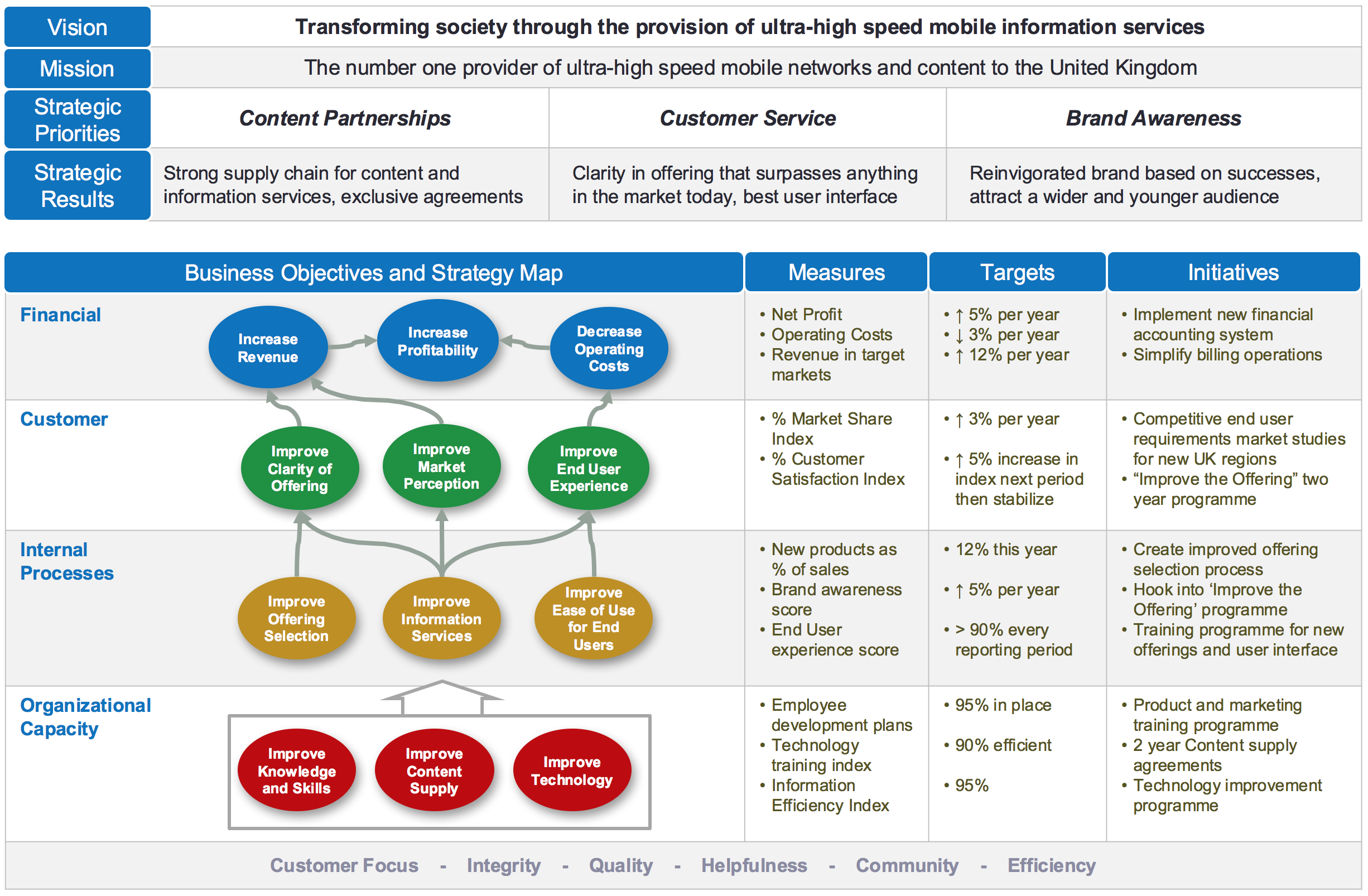The Balanced Scorecard
How do managers plan for the long run and create sustainable businesses that succeed over time? One answer to that question involves using a system called The Balanced Scorecard (BSC). Many large and medium-sized organizations today use this tool to manage effectively. They use it to plan, organize, lead, and control. BSC is a practical and flexible tool. It’s no wonder that it’s commonly used in many Nova Scotia businesses today.
The balanced scorecard is a strategic management tool that helps organizations look beyond short-term financial results to measure performance in a more holistic way. Instead of focusing only on profit, the balanced scorecard considers four key perspectives: financial performance, customer satisfaction, internal business processes, and learning and growth. By linking goals and measures across these areas, managers can align daily operations with long-term strategy. For example, a company may set financial targets such as increasing annual revenue, but also track customer service ratings, efficiency improvements in operations, and investments in employee training. This approach ensures that organizations do not sacrifice long-term growth for short-term gains.
In practice, many organizations adapt the balanced scorecard to their unique needs. For instance, a Canadian coffee chain might measure financial success through same-store sales growth, customer satisfaction through survey feedback on speed of service, internal processes through waste reduction in stores, and learning and growth through barista training hours completed. A manufacturing company could track defect rates, on-time delivery, employee safety metrics, and research and development spending alongside profits. In each case, the balanced scorecard provides managers with a clear picture of performance across different dimensions, helping them make balanced decisions that support sustainable success
An outcome of the BSC system is the scorecard itself. Typically it’s a one-page graphical representation of what the company is all about including critical information such as vision, mission, strategic priorities and results, objectives and a strategy map, key measures, targets, and initiatives. That’s a lot to put on one page. The power of the BSC is in part based on how it requires leaders to distill information and summarize. It’s also powerful because it helps organizations to focus on all of what’s important, not just financial information and that it considers the future not just the next quarter. It’s balanced!
Below is an example of a Balanced Scorecard developed for a large telecommunications firm in the UK. Notice all the components of the scorecard in blue and the inclusion of the company values at the bottom of the page. Notice how the company goals (targets) are SMART (simple, measurable, attainable, realistic, and time-bound). Imagine how powerful this would be for you as an employee (not just an executive but anyone) in the organization as a way to help you understand the big picture of what’s important for the company! Using the BSC, departments and individuals can see how their actions influence and fit in the organization’s big picture.

The Balanced Scorecard was created by a scholar from Harvard Business School and a business consultant. Robert Kaplan and David Norton are considered some of the greatest management scientists of the modern era. The Balanced Scorecard has been applied in many organizations around the world and has evolved to suit a broad range of needs including application in the not-for-profit sector.
To learn more about the Balanced Scorecard watch the video from IntraFocus which explains the framework in three minutes!
https://youtube.com/watch?v=M_IlOlywryw%3Frel%3D0

